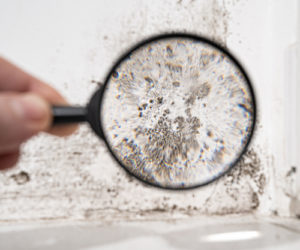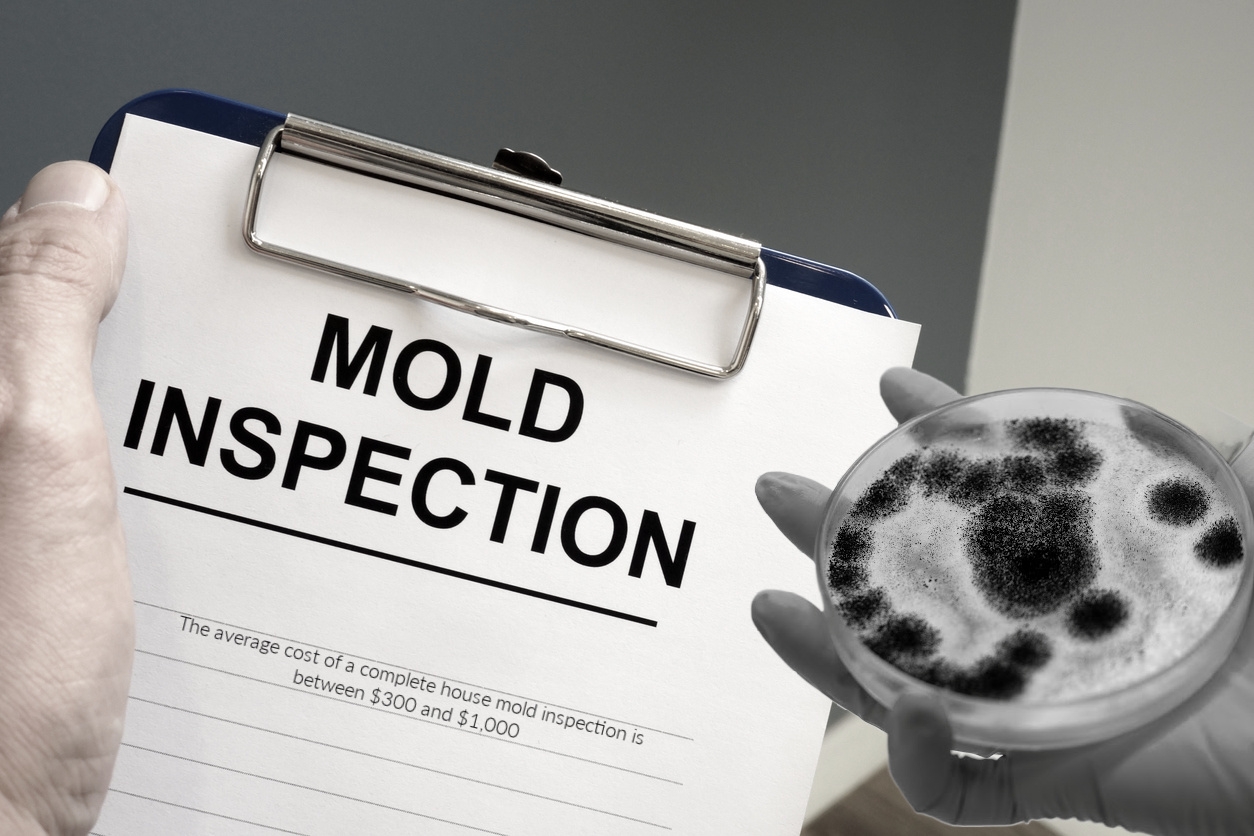Support on What to Do After Mold Remediation
Support on What to Do After Mold Remediation
Blog Article
Effective Article Mold And Mildew Remediation Solutions for Your Home
Mold growth in homes can be a persistent problem, commonly calling for an organized strategy for reliable post-remediation solutions. From understanding the elements that add to mold development to implementing correct cleaning methods and dampness control actions, the process can be intricate yet essential for preserving a healthy living environment. Additionally, exploring all-natural removal options and establishing a routine for continuous maintenance are vital components of an extensive mold removal method. As home owners aim to deal with mold concerns, locating one of the most effective solutions comes to be vital for the wellness of their homes.
Comprehending Mold And Mildew Growth Aspects
The primary factor adding to mold and mildew development is dampness. Mold and mildew spores call for moisture to germinate and flourish, making moist or damp settings very at risk to mold and mildew problems.

In addition, air flow and light exposure can influence mold development. Areas that do not have appropriate ventilation and all-natural light are much more vulnerable to mold and mildew growth. By dealing with these factors adequately, individuals can properly reduce mold and mildew growth and guard their living atmospheres.
Correct Mold Cleansing Techniques
Making use of effective cleansing methods is necessary in protecting against the recurrence and attending to of mold contamination in indoor settings. When handling mold and mildew, it is crucial to prioritize safety and security by wearing safety gear such as handwear covers, masks, and goggles. The initial action in appropriate mold cleaning is to contain the affected area to stop the spread of spores to unpolluted locations. This can be attained by sealing the space and using air scrubbers or adverse air devices to preserve air top quality.

Executing Dampness Control Steps
To effectively prevent mold growth and contamination in indoor environments, applying dampness control steps is extremely important. Additionally, ensuring correct air flow in areas vulnerable to moisture accumulation, such as kitchen areas and restrooms, can help lower the danger of mold and mildew growth. By diligently applying these dampness control steps, homeowners can properly decrease the chance of mold recontamination and keep a healthy interior environment.
Making Use Of Natural Removal Solutions
After successfully applying moisture control actions to avoid mold and mildew growth in interior environments, house owners can now check out the performance of natural removal solutions in preserving a healthy and balanced living area. All-natural remediation options utilize eco-friendly techniques to combat mold and mildew and mildew, making them a prominent option for those looking for non-toxic choices. One such solution is utilizing vinegar, a natural antimicrobial representative, to disinfect and clean surfaces infected by mold. Simply weaken vinegar with water and Post Remediation Inspection near me spray it onto the influenced locations, allowing it to sit for a few hours prior to wiping tidy. In addition, tea tree oil, recognized for its antifungal buildings, can be combined with water and sprayed onto mold-infested surfaces to inhibit further growth. One more natural choice is hydrogen peroxide, which can successfully eliminate mold and mildew on numerous surface areas without leaving harmful residues behind. By incorporating these natural remediation solutions into their cleaning routines, property owners can efficiently deal with mold development while promoting a healthier indoor setting for themselves and their households.

Maintaining a Mold-Free Setting
Regularly inspecting areas prone to mold and mildew development, such as washrooms, attics, cellars, and cooking areas, is vital. Correct ventilation in locations with high moisture levels is also key to preventing mold growth.
Furthermore, keeping cleanliness in the home is crucial for mold and mildew prevention. Keeping indoor plants in check and making certain proper drain in exterior landscape design can minimize wetness accumulation, lowering the likelihood of mold invasions.
Verdict
In verdict, it is necessary to attend to mold growth aspects, utilize proper cleansing methods, implement dampness control procedures, use natural removal services, and preserve a mold-free atmosphere in order to effectively deal with post mold and mildew removal in your home - Post Mold Remediation Report. By following these methods, you can avoid mold and mildew from recurring and make certain a healthy living atmosphere for you and your family
The main variable contributing to mold and mildew development is wetness. Mold and mildew spores require wetness to sprout and thrive, making damp or damp atmospheres highly prone to mold and mildew infestations.To successfully protect against mold growth and contamination in interior settings, executing wetness control actions is paramount. Furthermore, ensuring appropriate air flow in locations prone to moisture buildup, such as shower rooms and cooking areas, can assist lower the risk of mold growth.After effectively carrying out dampness control measures to avoid mold and mildew development in indoor atmospheres, homeowners can now check out the efficiency of natural remediation services in preserving a healthy living space.
Report this page